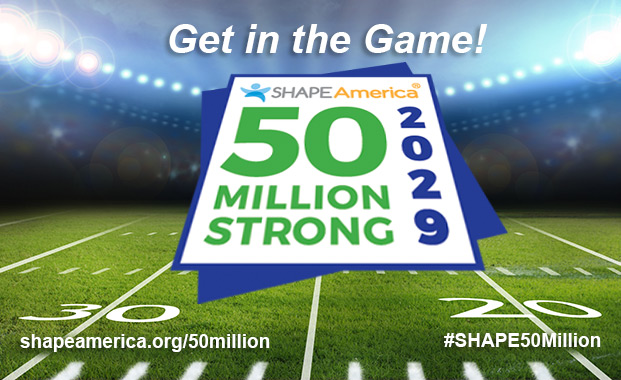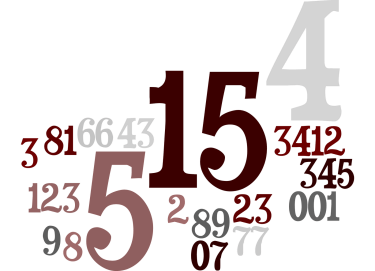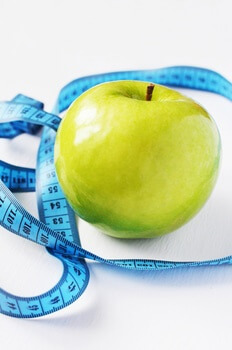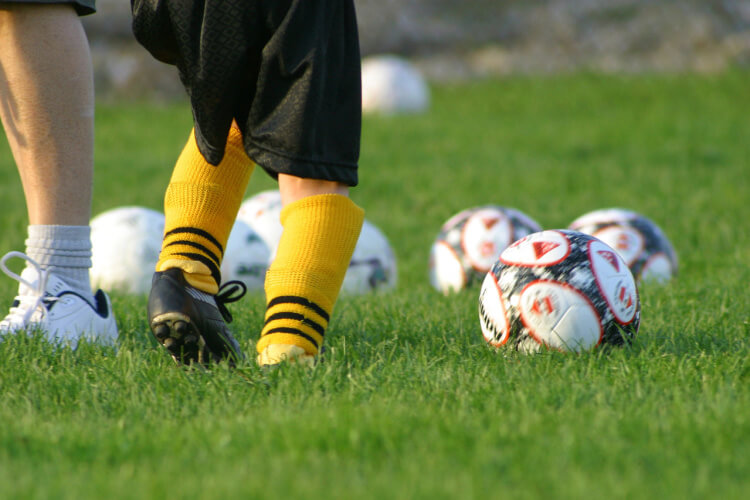(This essay was originally published on SHAPE America’s member Exchange [August, 2015] and is reprinted with permission.)
Last month I suggested the best way for us to achieve SHAPE America’s goal of “50 Million Strong by 2029” was for each of us to ask ourselves, “What’s my number?” Instead of letting the immensity of changing the physical activity and health habits of 50 million students overwhelm us, let’s focus on how you personally can contribute. If we all do our part, we will succeed.
Not long ago, Mark Zuckerberg, the young Facebook creator, set about wiring the world — or more specifically, getting every person on the planet connected to the Internet. A 7.325 billion-person challenge! As you can imagine, he had some immense problems to overcome. But he saw it as doable and convinced others to join the enterprise. If interested, you can learn more at internet.org. It’s an interesting project but what I found especially intriguing is the approach being taken. The problems that need to be solved have been clearly identified and strategies are being developed to resolve them. In other words, the way to solve big challenges is through taking small steps and not giving up.
 This is exactly how the health and physical education profession can succeed. It’s not only about getting every school-aged student physically active and healthy, but also about earning public respect for what we contribute to public education. But we need evidence! It is not sufficient to talk about the value of health and physical education. We need to prove it. And this is why it is so important for each of us to seize the opportunity that “50 Million Strong by 2029” is offering.
This is exactly how the health and physical education profession can succeed. It’s not only about getting every school-aged student physically active and healthy, but also about earning public respect for what we contribute to public education. But we need evidence! It is not sufficient to talk about the value of health and physical education. We need to prove it. And this is why it is so important for each of us to seize the opportunity that “50 Million Strong by 2029” is offering.




